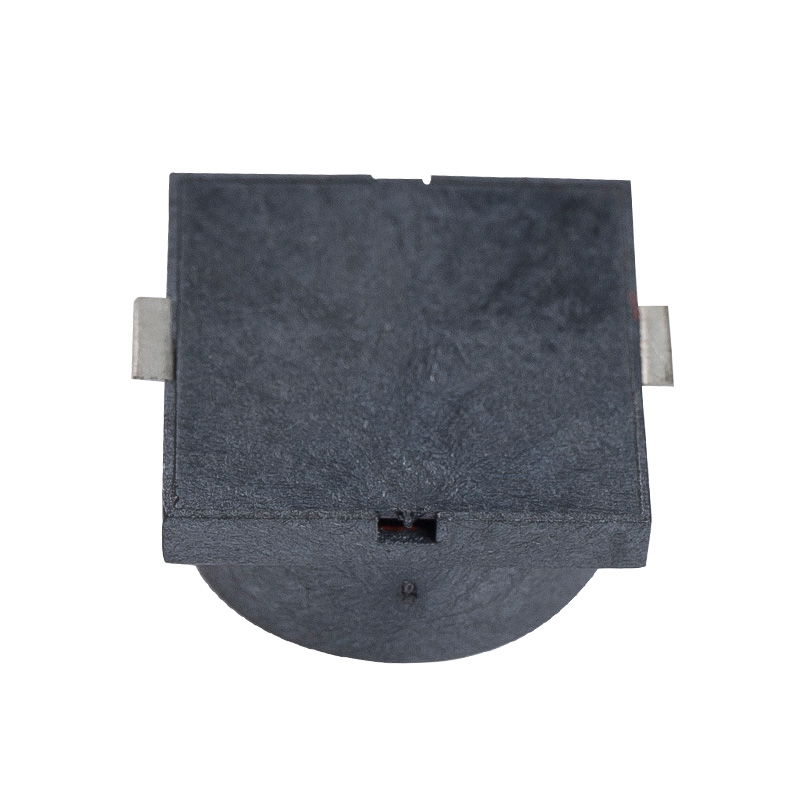Sound Pressure Level (SPL):
SPL is a measure of loudness, expressed in decibels (dB), usually tested at a standard distance such as 10 cm or 1 meter. It indicates how effectively the buzzer converts electrical energy into audible sound.
Higher SPL:
Typically found in larger or more robust buzzers that can deliver louder sounds.
Suitable for environments requiring high audibility, such as industrial alarms, security systems, and fire alerts.
Dependent on factors like the operating voltage, the size of the diaphragm, and the driving signal (e.g., sine wave or square wave).
Lower SPL:
Common in smaller, compact buzzers designed for low-power applications like handheld devices or consumer electronics.
Adequate for notification sounds or low-noise environments.
Frequency Response:
The frequency response defines the range of frequencies a buzzer can generate, centered around its resonance frequency, where the buzzer performs most efficiently.
Narrow Frequency Response (Tuned Resonance):
Many SMD piezo passive buzzers are optimized for a specific resonance frequency, usually between 2 kHz to 5 kHz, which aligns with human hearing sensitivity.
Devices focusing on a single tone, such as alarms, benefit from this precise tuning for maximum loudness at a specific pitch.
Wide Frequency Range:
Some buzzers are designed to handle a broader spectrum of frequencies, allowing for varied tones or melodies.
These are ideal for applications requiring more sophisticated sound patterns, like musical notifications or interactive devices.
Trade-Offs Between SPL and Frequency Response:
High SPL buzzers often trade frequency range for loudness. They deliver peak performance at the resonance frequency but may struggle to produce sounds effectively outside that range. Conversely, buzzers with broader frequency responses might sacrifice loudness to achieve tonal versatility.

Influence of Size and Materials:
Size:
Larger buzzers often achieve higher SPL due to a bigger diaphragm, which can move more air. However, they may take up more PCB space, which can be a limitation in compact designs.
Materials and Construction:
The diaphragm's thickness and material affect both durability and sound quality. Thin diaphragms might improve sensitivity and SPL but could be less robust.
Application Considerations:
High SPL with Narrow Frequency Range:
Suitable for industrial alarms, emergency systems, and automotive alerts where a single loud tone is essential.
Moderate SPL with Wide Frequency Range:
Used in consumer electronics like watches, medical devices, and smart home gadgets requiring distinct and pleasant sounds.
Driving Circuit Impact:
Since SMD piezo passive buzzers do not have an internal drive circuit, the performance is significantly influenced by the external driving circuit design. The waveform, voltage, and duty cycle determine how efficiently the buzzer operates, affecting both SPL and tonal accuracy.


 EN
EN  English
English Deutsch
Deutsch 中文简体
中文简体
